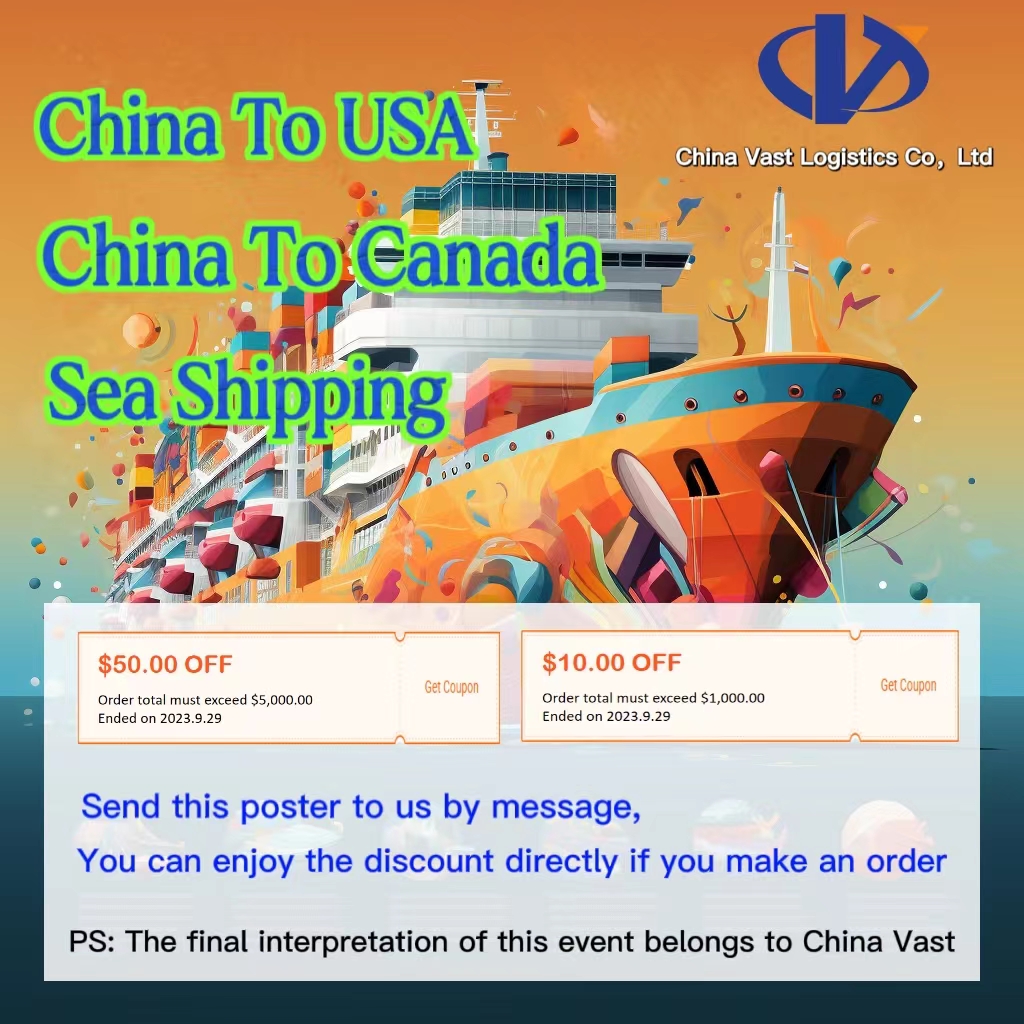FCL (Full Container Load)
FCL, or Full Container Load shipping, refers to a mode of transportation in which the entire container is designated for a single shipper. The carrier is responsible for transporting the sealed container from the port of origin to the destination, while the cargo owner is typically responsible for loading, counting, stowing, and sealing the container before shipment.
This shipping method is ideal for large-volume cargo or when it is important to maintain the integrity of the shipment throughout transit.
FCL cargo is handed over and received based on the container itself. As long as the container’s seal is intact and the external condition remains undamaged, the carrier’s responsibility is considered fulfilled. The carrier is not liable for any damage or discrepancy inside the container unless the shipper can provide solid evidence that the damage was caused by the carrier.
To clarify responsibilities, FCL bills of lading must include terms such as “Shipper’s load, count and seal.”
LCL (Less than Container Load)
In contrast to FCL, LCL (Less than Container Load) refers to a shipping method where cargo from multiple shippers is consolidated into a single container. The carrier is responsible for packing and unpacking the container at the origin and destination, respectively.
This method is suitable for small shipments that do not require a full container. The goods are typically consolidated at container freight stations (CFS) or inland depots and then loaded into a shared container. Upon arrival, the container is unpacked and the cargo is distributed to the respective consignees.
Although the carrier performs the packing and unpacking, it is not liable for damage or loss of cargo within the container unless there is clear evidence of negligence. The bill of lading usually includes terms like “Carrier’s load, count and unpack.”
LCL shipping operates similarly to traditional breakbulk logistics, and carriers may charge additional handling fees for consolidation and deconsolidation services.


